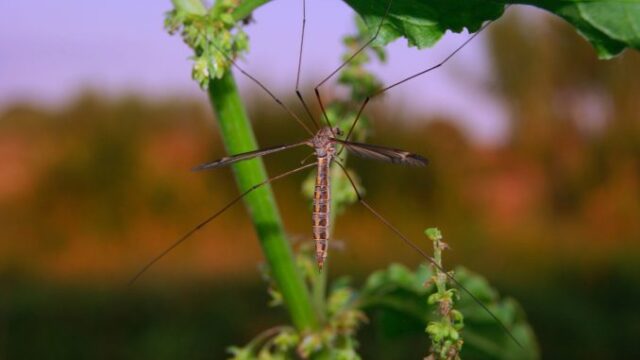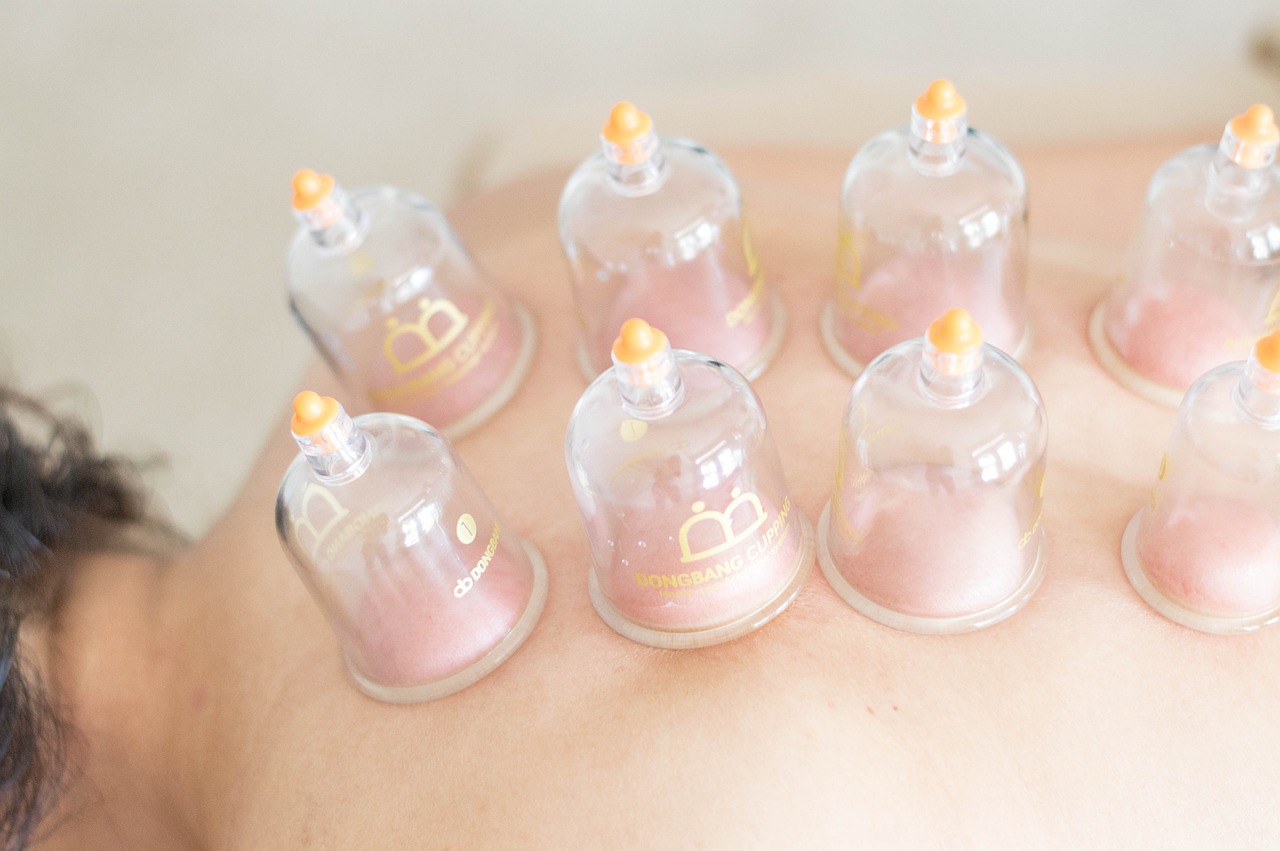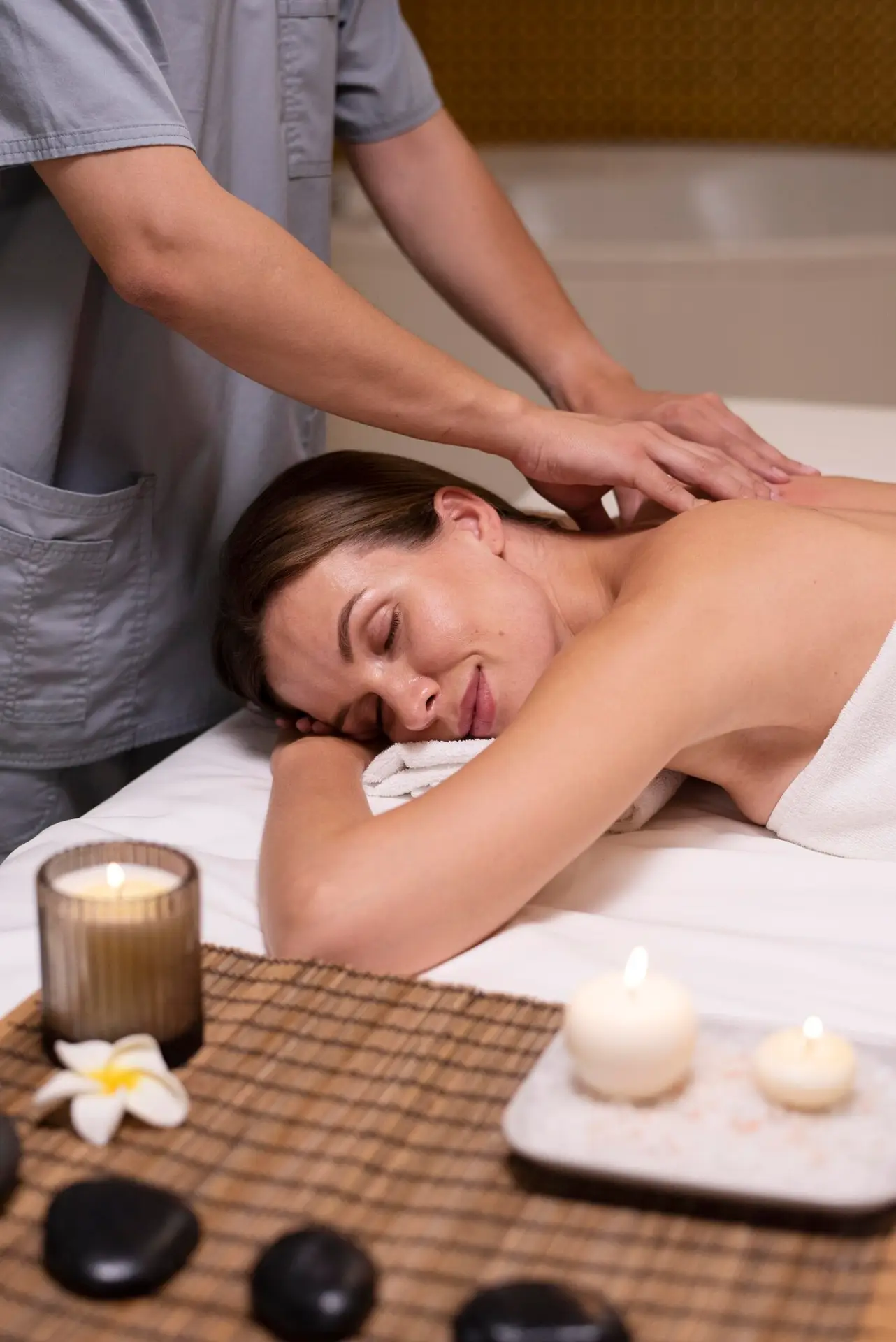Let’s take a look at the risks of common bug repellents. Then I’ll offer an essential oil bug repellent recipe that’s safe, effective, and economical.
It’s that time of year again… bug bite time! Time to go to the grocery store, and purchase some insect repellent. Spray it on yourself, or on your clothes, and there you go. No more bug bites. But what are the risks? And what’s the alternative?
Some Common Bug Repellents
Your goal is to make the nasty little biters veer away from you. That’s what a good insect repellent does. There are two effective and commonly used products, DEET and permethrin, that you’ll find on the store shelves. DEET is used directly on the skin, while permethrin is applied to your clothing. DEET and permethrin deter mosquitos, and are effective in preventing dangerous tick bites. So, there’s no question that they’re useful chemicals. The manufacturers, and researchers, will tell you they’re safe when used as directed. But maybe that’s not enough assurance for you.
Health Risks Associated with DEET
DEET, used directly on the skin, is readily absorbed and circulated in the blood stream. Some of the more extreme symptoms reportedly due to repeated exposure to DEET include:
- confusion
- irritability
- insomnia
- ataxia
- encephalopathy
- seizures
- coma
- death
Again, not to alarm you, DEET is very commonly used, and these kinds of symptoms are rare. But what’s happening in your body, even when you don’t experience these symptoms? You can refer to the reference, below, for details. Suffice it to say, some people may wish to avoid the chemical, altogether.
Health Risks Associated with Permethrin
Permethrin is an insecticide, but it’s commonly used as an insect repellent, and to kill lice. It’s a synthetic chemical, similar to an extract of the chrysanthemum flower. Permethrin is used on food crops, too, so be sure to wash those fruits and veggies! It kills insects by attacking their nervous system, causing spasms, paralysis, and death. It can have adverse effects on animals and humans, too, although we process the chemical much faster than insects. So, we’re less likely to experience extreme symptoms, like:
- tingling, burning, or itching of skin exposed to the chemical
- sore throat, abdominal pain, nausea and vomiting, if ingested
- irritation in the nose and lungs, difficulty breathing, headaches, dizziness, nausea and vomiting, if inhaled
Effects of long-term exposure to permethrin have been studied in animals, and include tremors, and skin irritation. Low birth weight has been observed after pregnant rats were exposed, but humans exposed during pregnancy did not exhibit this effect. Still, a chemical that affects the nervous system might be something to avoid, if a safe alternative is available.
Common Essential Oil Bug Repellents
Citronella may be the essential oil most commonly used as a bug repellent. Another great one to keep flying insects away is lemongrass. You can put either or both of these on ribbons or cloth strips, hung around your picnic area, to keep flying insects away. Put the same strips near doors or windows, to keep the buggers out of your room. You could also put a few drops of these go-to essential oils in some glasses of hot water on your window sill at night, and you’ll be more comfortable sleeping with the windows open.
Lavender is another popular essential oil that mosquitos just cannot stand! It smells wonderful, and it’s calming, too. You can safely use lavender oil on your skin, once you’ve diluted it with a carrier oil. A safe dilution is 5 drops per teaspoon (or 15 drops per tablespoon, or 30 drops per fluid oz.) of carrier. Put this on exposed skin before your evening walk, and the mosquitos will avoid you. I suppose they don’t like being calm.
A Safe Essential Oil Bug Repellent Recipe
If you want a recipe for both aromatic or topical use, here’s a synergistic blend, recommended by Valerie Ann Worwood, in The Complete Book Of Essential Oils & Aromatherapy:
- 4 Drops of Thyme
- 8 Drops of Lemongrass
- 4 Drops of Lavender
- 4 Drops of Peppermint
Mix up a bunch of this, in the proportions shown above. Then you can use it outside, on ribbons or cloth, as previously described. You can put it on cotton balls and place them around your room. Or, you can put it on the cuffs of your pants, or shirt sleeves, before a walk on the beach. But NEVER use this recipe undiluted on your skin!
For topical use, you MUST dilute the essential oil bug repellent. You can mix it with a body oil or lotion as a carrier. A mix of 2 drops in 2 teaspoons (or 6 drops per fluid oz.) of your favorite carrier oil or lotion makes an effective essential oil bug repellent. At this dilution, it’s safe to put on your skin. Still, it’s wise to test in a small area, to make sure you’re not sensitive.
When to Reapply Essential Oil Bug Repellents
To be fair, bug repellents made with essential oils are not effective for as long as the commercial products with DEET or permethrin. Those can last all day. And, in the case of permethrin, treated clothing can repel insects for many days, and may still work even after washing.
Essential oils, however, evaporate quickly. You will have to reapply after about 2 hours, to maintain effectiveness. Either way, it’s up to you to decide which way to go: are you willing to reapply your essential oil bug repellent every 2 hours, or would you prefer all day protection, with the risks of DEET or permethrin?
References
Permethrin – http://npic.orst.edu/factsheets/PermGen.html
The Complete Book Of Essential Oils & Aromatherapy, 2016, by Valerie Ann Worwood.



